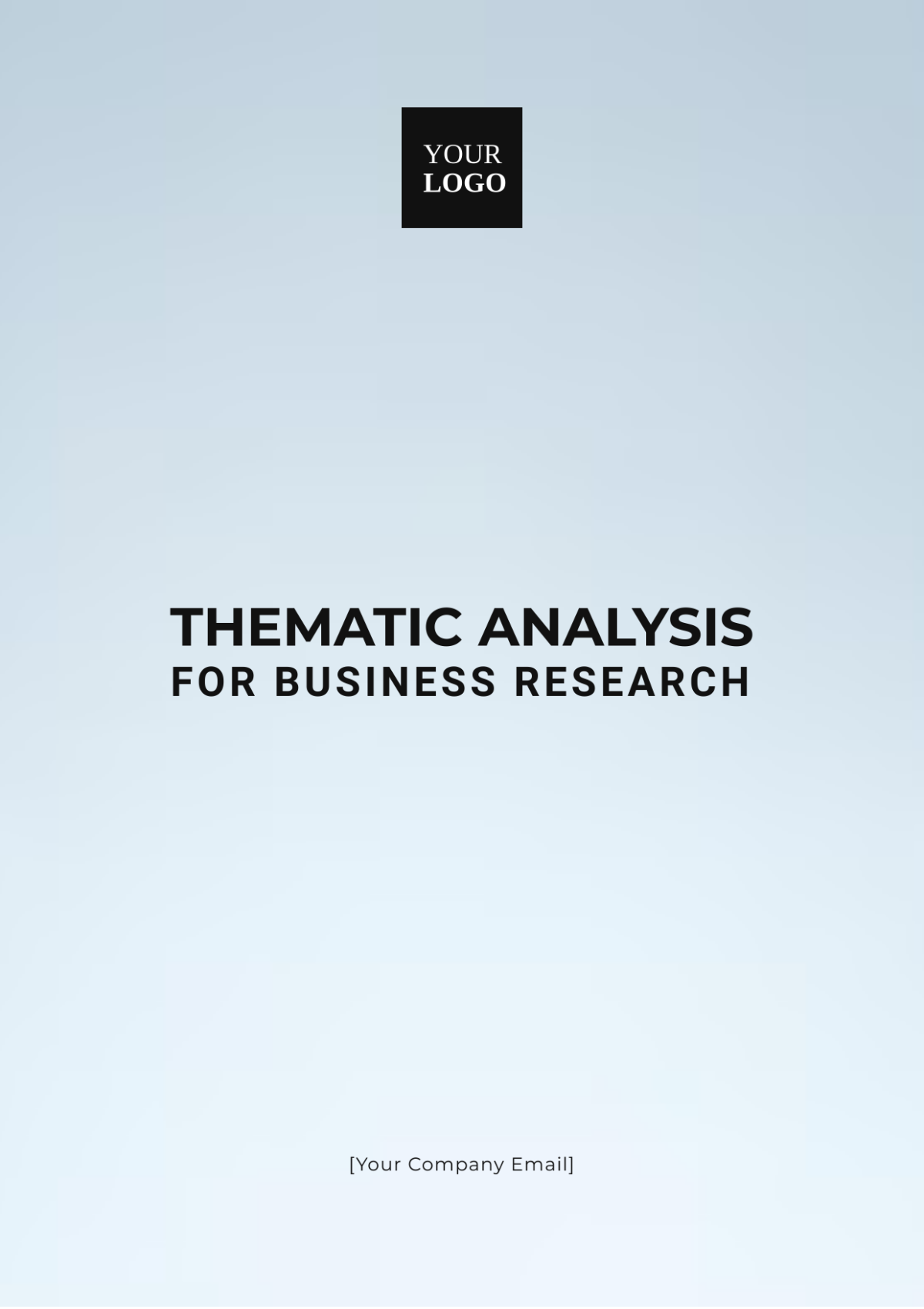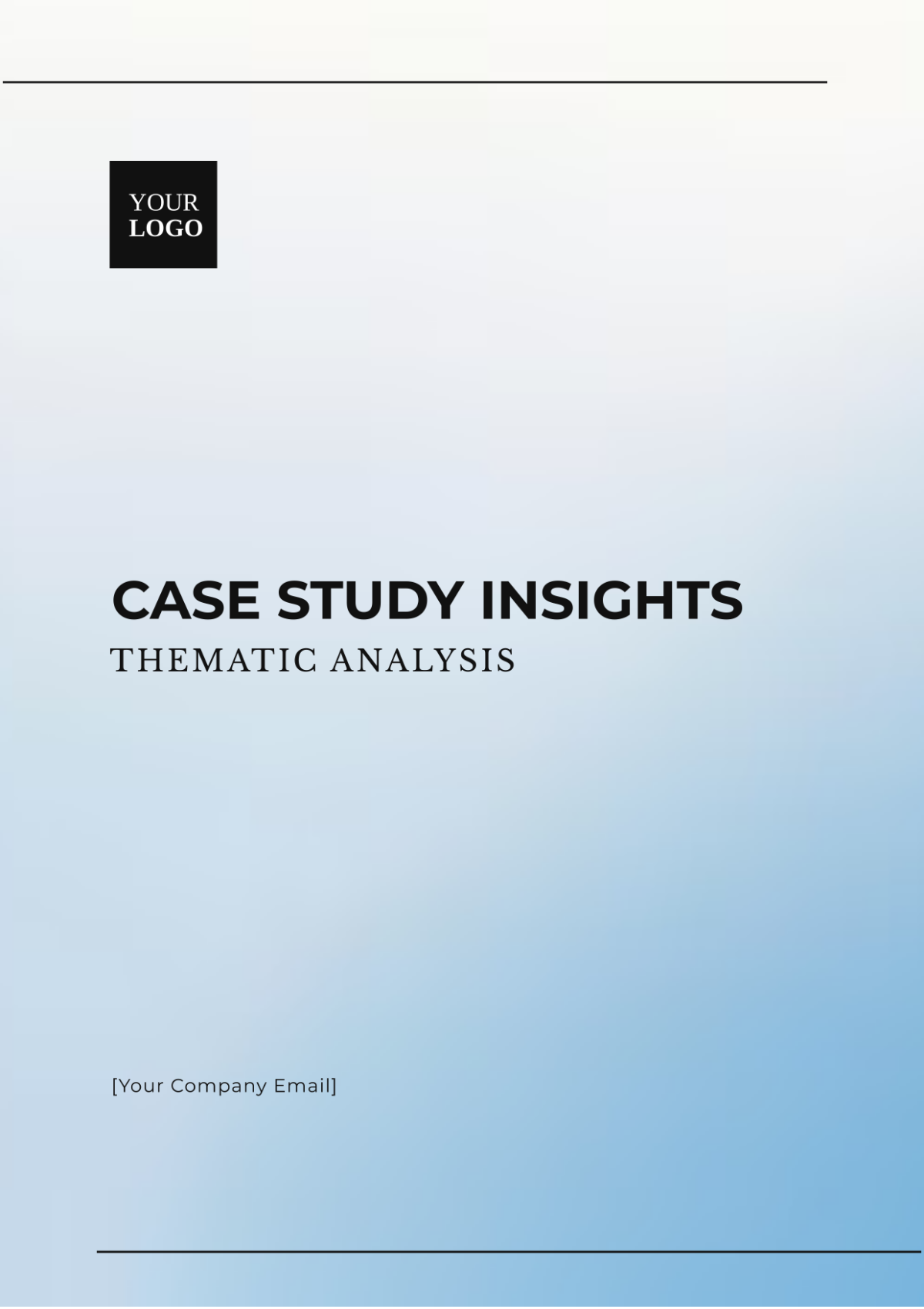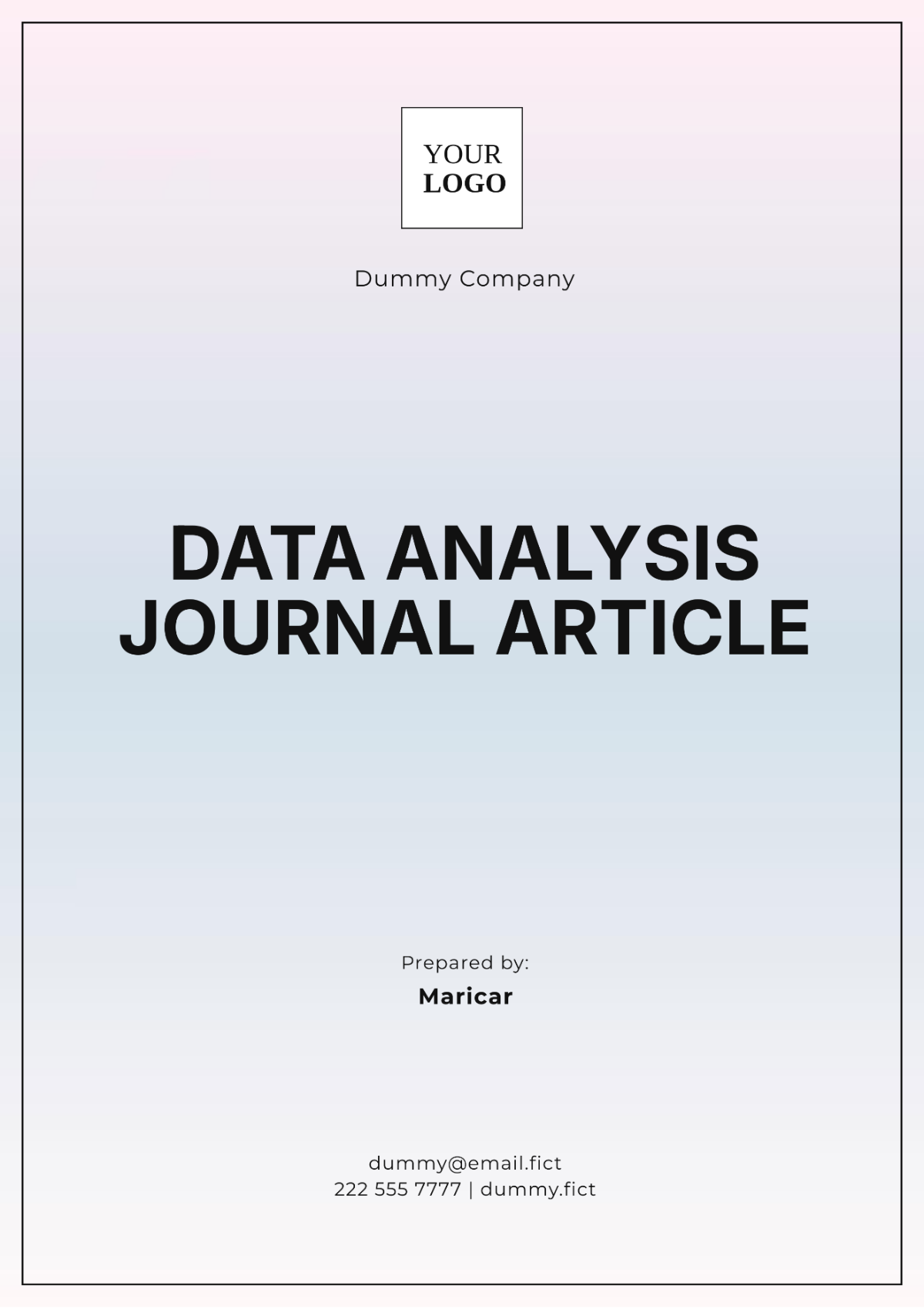Statistical Analysis Research
I. Introduction
The landscape of e-commerce has continuously evolved with the advancement of technology and changing consumer preferences. This study aims to analyze statistical patterns in consumer behavior across various e-commerce platforms to identify predominant trends and factors influencing purchase decisions.
Understanding these trends is crucial for businesses looking to optimize their marketing strategies and enhance customer engagement. The focus of this research is to provide data-backed insights to help companies adapt to the shifting market dynamics.
II. Methodology
A. Data Collection
Primary data was collected through surveys and online tracking mechanisms, while secondary data was sourced from reputable market research firms. The collective dataset included responses from over 10,000 participants globally, ensuring a comprehensive analysis. Data confidentiality and privacy were strictly maintained, adhering to global data protection regulations to ensure ethical compliance throughout the study.
B. Statistical Techniques Used
Descriptive Statistics: To summarize and describe the features of the collected data.
Correlation Analysis: To determine the relationship between different variables affecting consumer behavior.
Regression Analysis: To predict consumer behavior based on independent variables.
Time Series Analysis: To examine trends over a specified period.
Factor Analysis: To identify the underlying relationships between various behavioral indicators.
III. Results and Discussion
The analysis revealed several key trends currently shaping the e-commerce industry. The data indicated a significant increase in mobile commerce, with over 60% of users making purchases directly from their smartphones. This shift highlights the need for optimized mobile platforms.
Furthermore, the tendency towards personalized shopping experiences has been markedly influential in enhancing customer engagement, with personalization leading to an average increase in sales by 20%.
Table 1: Key Findings
Trend | Percentage Increase | Consumer Age Group | Impact on Sales |
|---|---|---|---|
Mobile Commerce | 60% | 18-34 | 35% |
Personalization | 20% | All age groups | 20% |
Eco-friendly Products | 25% | 25-44 | 15% |
Subscription Models | 30% | 34-45 | 25% |
Augmented Reality | 22% | 18-35 | 30% |
IV. Implications
The data sourced and analyzed in this study provide actionable insights for businesses operating in the e-commerce domain. Companies should focus on enhancing mobile user experiences and personalization strategies to effectively capture and retain the younger demographic.
Moreover, integrating green consumerism into business models and adopting new technologies such as augmented reality are predicted to play crucial roles in future-proofing e-commerce businesses against evolving consumer preferences.
V. Conclusion
This research underscores the importance of staying abreast of technological advancements and changing consumer behaviors in e-commerce. Leveraging these insights could drive innovation and sustainability in business practices, ultimately contributing to long-term growth and customer satisfaction.
Future studies may delve deeper into the causal relationships between emerging technologies and consumer buying behaviors to further refine strategic approaches for e-commerce entities.
VI. References
Smith, A. (2050). Mobile Commerce Growth. E-Marketing Journal.
Johnson, B. (2050). Trends in E-Commerce Personalization. RetailTech Review.
Franklin, C. (2050). Sustainable Consumer Practices. Global Green Initiative.
Doe, J. (2050). Future of Subscription Models in Business. Business Innovations.
Ryan, L. (2050). Augmented Reality in Retail. TechSolutions.
For further information, please contact:
[YOUR NAME]
[YOUR COMPANY NAME]
[YOUR COMPANY ADDRESS]
[YOUR COMPANY WEBSITE]
[YOUR COMPANY SOCIAL MEDIA]

















































